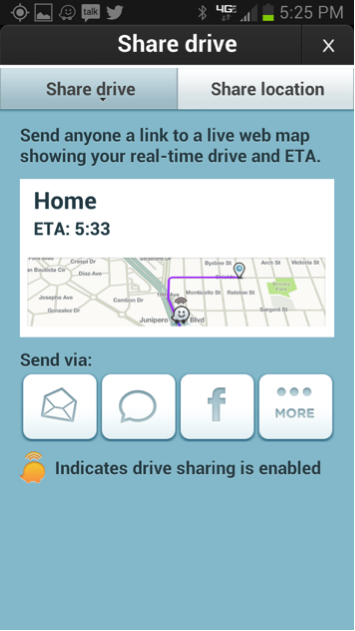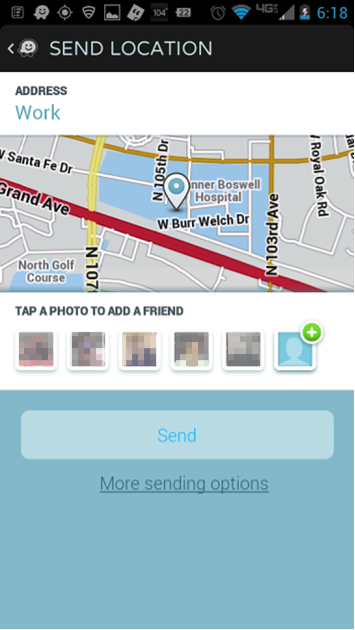Waze is a great app that runs on the great idea of crowdsourcing map creation, updates, and traffic status. Every user contributes variables like their location and speed, and can proactively report accidents or other traffic issues. The data is sent to the server where it is processed and used to optimize user routes, making driving experiences better for everyone involved. You contribute your share to the community and you get valuable information in return.
Waze also utilizes a gamification model that rewards users with points and badges for desired behaviors like reporting road hazards and allows users to thank one another for their reports. Personally, I don’t give a damn about the points and badges—I’ve been a Waze user for years, and they never meant anything tangible to me. The thanking mechanism is nice, however, because it provides feedback that my reports were beneficial to others, which encourages me to contribute my share and report next time.
It’s all about helping the community when you can, and about being helped when you need it. It’s not about getting to know the Waze community or about making friends, and that’s what makes Waze a crowdsourcing app rather than a social app (and a damn good one: according to Yahoo! report, in June of 2013, Waze had nearly 50 million users!).
Waze is on the wrong route of “What can users do for me?” instead of “What can I do for users?” blvd
Lately, Waze has changed things up a bit, adding social features of its own and pushing away other social competitors from the main usage course. These changes seem to suggest that Waze is aiming for the social arena where communities are established around members sharing personal information.
This is how the “share drive” screen looked in previous versions (Android in this case). Direct share was available via e-mail, text, or Facebook. The <More> button was used to open the standard sharing screen of the platform and you could select other apps. All that seemed to be missing was the option to configure the three buttons next to <More> and replace them with my favorite apps (e.g. add Whatsapp, omit FB) in order to regularly share drive info or my ETA with friends on those apps.
Old Version of Sharing Screen
Current Version of Sharing Screen
Recently, Waze has instituted a new approach that sends tentacles into users’ Google contacts, cross-checking for other Waze users, and putting them up front in a cumbersome display of tiny thumbnails that are often unrecognizable. The whole thing seems designed to make the user share drive info using Waze while ensuring the user on the other end gets it via Waze. The thing is, in most cases, the user who is driving only needs to share their ETA, which it is preferrably done by sending a text message.
This desire to easily share information with people who are not necessarily Waze users has been overlooked in favor of trying to create a self-contained social network. Instead of moving more relevant sharing tools forward, the ones I used to enjoy have been concealed. Now, if I want to send a text message, I need to tap the ‘More sending options’ link and look for the texting app in the (long) list of apps.
It seems obvious that after being taken over by Google, Waze is trying to move from being a crowdsourcing app to being a social network. I think this move finds Waze driving on the wrong route of “What can users do for me?” instead of staying on “What can I do for users?” boulevard—a sad change in direction for an app with so much to offer.









